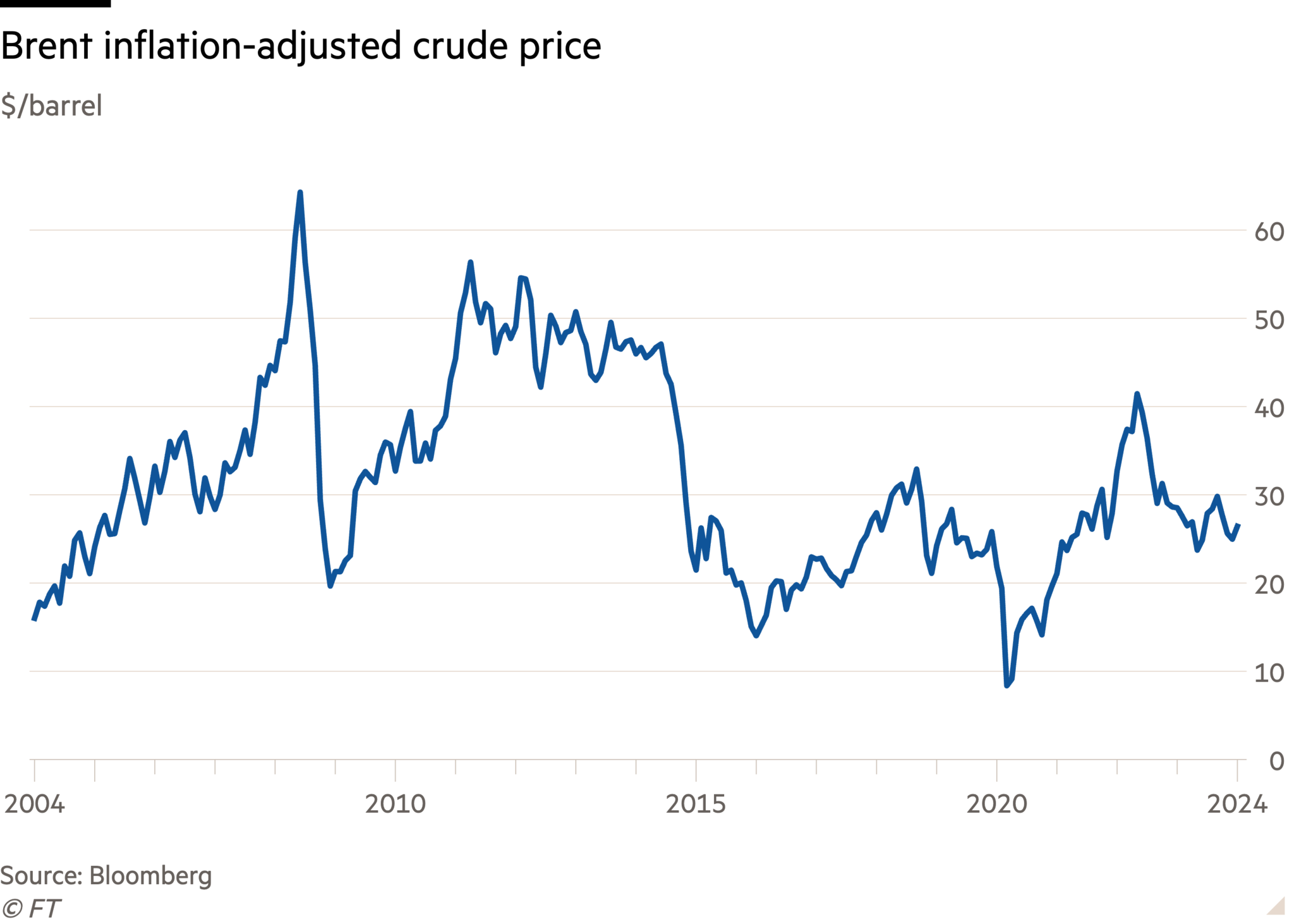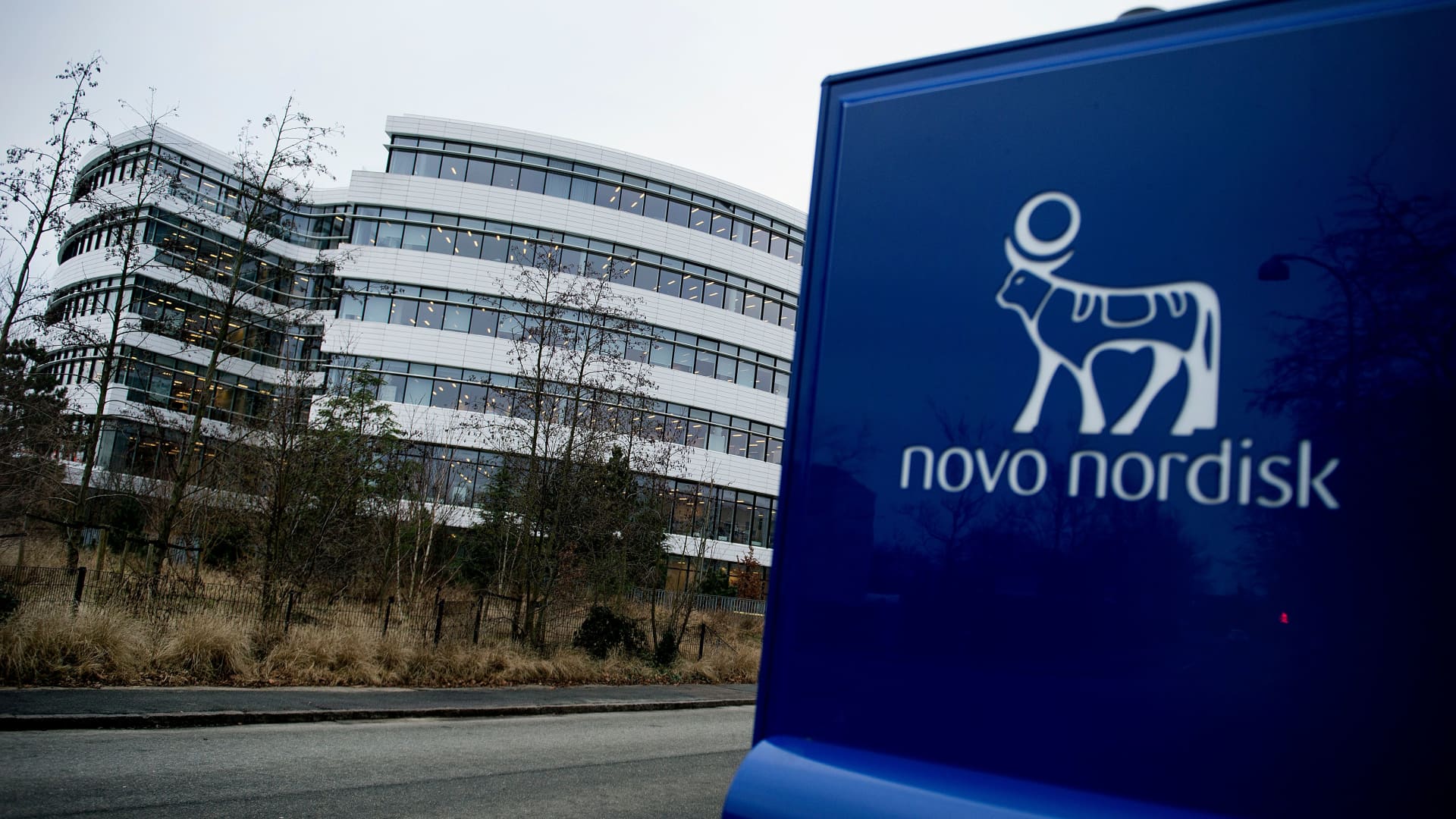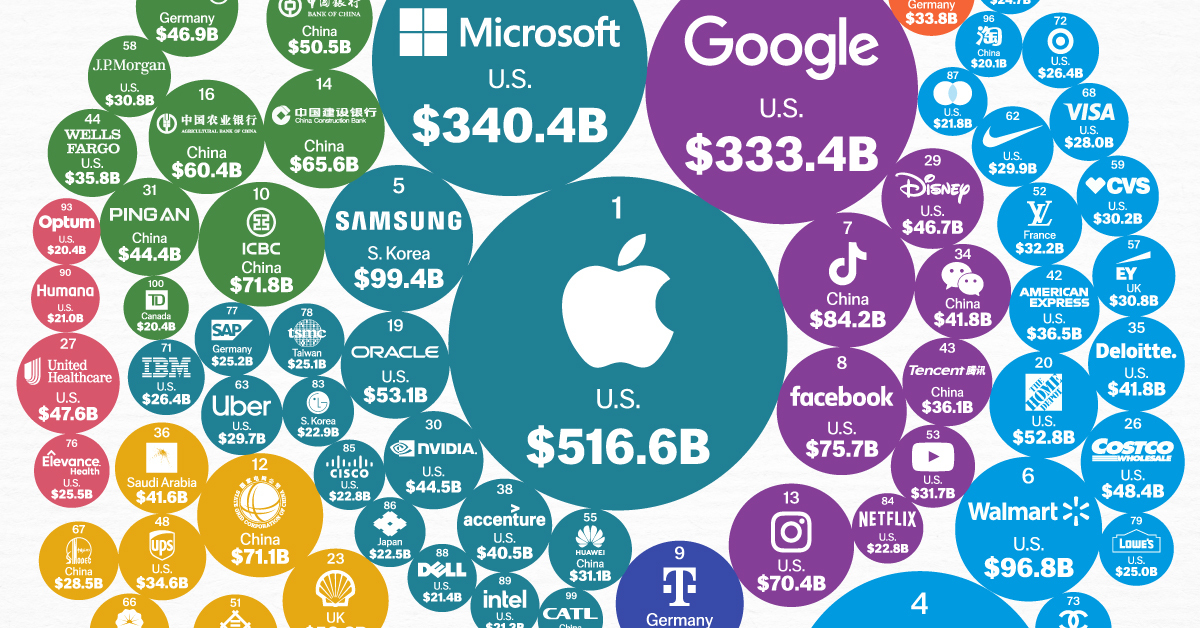- Arvind's Newsletter
- Posts
- Arvind's Newsletter
Arvind's Newsletter
Issue No #1038
1.India’s core infra sectors post slowest growth in 14 months
The output of eight core infrastructure sectors, which accounts for two-fifths of India’s industrial output, expanded by 3.8% in December—the slowest monthly pace in 14 months. Core sector output grew at a revised 8.3% in December 2022.
The latest core sector data show that coal supported the core industries’ output with a double-digit increase in production in December, while crude oil production contracted. Coal output growth, however, was the slowest since May. The steel, natural gas, refinery products, cement, and fertilisers sectors registered single-digit output growth.
However, GST collections rise 10.4% to Rs 1.72 trn in January, second highest-ever.
On the back of robust tax collection, the ratio of direct taxes to gross domestic product (GDP) this financial year is likely to be the highest in this century so far.
This, along with strong goods and services tax (GST) collection, may drive up receipts from central taxes as a proportion of GDP to the highest level or close to the highest since 2008-09 despite subdued excise and customs duty receipts.
2.Reliance Jio does not appear to have been very successful in converting the 250 million 2G customers by offering a $12 Jio Bharat smartphone.
It now wants the government to subsidise users who want to switch out their feature phones for a 5G-enabled smartphone. It has urged the central government to completely shut down 2G and 3G networks in the country to avoid unnecessary costs and migrate all customers to 4G and 5G networks.
3.Apple tops India smartphone revenue in 2023, nears $10 bn mark
Apple is projected to have pipped Samsung for the top spot in terms of revenue with almost one-third of Samsung’s total shipment volume—while Apple is said to have shipped just over 10 million iPhones last year, Samsung shipped over 27.3 million to capture 18% of the market.
Apple’s record smartphone revenue comes in a year of continued lack of enthusiasm among consumers towards smartphones. Counterpoint’s report said that shipments of smartphones in India remained flat through 2023 at 152 million units. Apple, in comparison, shipped more than 10 million iPhones for the first time, growing at over 50% year-on-year (YoY).
4.The days of $100 oil prices are over, opines Lex column of the Financial Times.
“Oil will be part of our lives for decades to come. But its value to the consumer has already topped out. Consider the long-term trend for oil prices. Futures markets hint at little concern about supply since the latest Middle East tension began in October.
Even one of the world’s largest producers might be rethinking things. Saudi Arabia’s energy ministry on Tuesday asked the state oil company Saudi Aramco to halt a planned 1mn barrels per day expansion in oil production to 13mn b/d. This had been due by 2027.
The Brent price has fluctuated, sometimes wildly, over the past two decades. Yet the crude price, now at $82, shows every sign of remaining below triple figures.
Large, mature economies have not increased their oil consumption much in the past decade. China’s crude consumption has more than doubled over the past 20 years. But US gasoline demand has gone up by just 8 per cent, according to US Department of Energy data.
That sluggishness is more striking when you consider that the Brent price, adjusted for inflation, has not budged since 2005. Using US prices as a proxy, the cost of oil has not exceeded that of most other goods and services. In real terms it is 42 per cent cheaper than it was a decade ago.

Oil prices at $100 in 2007 and 2011 made sense in light of the explosive growth of China’s economy. The world’s capacity to supply China with oil, metals and agricultural goods could not match its needs.
Now, however, China’s economy has changed. In its rapidly evolving auto market, for example, half of all new car sales will be electric by 2025, thinks Bernstein.
China’s most important oil supplier, Opec, is more upbeat. The country makes up a quarter of Opec’s forecast demand increase for the next couple of years.
Three international energy agencies provide benchmark forecasts for demand and supply changes for the oil market: the International Energy Agency, America’s Energy Information Administration and Opec. Of the three, Opec has been the most optimistic, points out Jorge León at Rystad. Opec expects over 2mn b/d additional demand growth this year. That is nearly twice the IEA’s estimate, and makes the Saudi Aramco decision look odd.
For this forecast to be correct, Chinese oil demand had better get going. Despite Opec’s hopeful stance, there is plenty of spare production capacity. In Russia and Saudi Arabia alone about 4mn b/d exists. That is not far from decade highs, on Citi’s data. That potential world supply will act as a cap on prices for at least the coming year.
5.The director of the U.S. Central Intelligence Agency said that not funding Ukraine’s defense against Russia would be “an own goal of historic proportions.”
Writing in Foreign Affairs, William Burns said that the “relatively modest” investment had “significant geopolitical returns,” also helping warn China that Washington does not lack the resolve to defend allies, such as Taiwan. Five European leaders, including Germany’s Olaf Scholz, also wrote a letter in the Financial Times calling for increased shipments. The push by top leaders for upping support to Ukraine came amid growing signs that the country’s president was close to dismissing his top military commander following a much-touted but ultimately disappointing counteroffensive.
6.Non-opioid drug from Vertex cuts pain in major trial tests
A closely watched non-opioid painkiller succeeded in two large clinical trials, raising hopes the drug might offer an alternative to powerful but addictive medicines like OxyContin or Vicodin.
Results showed the drug, developed by biotechnology company Vertex Pharmaceuticals, eased pain after surgery by significantly more than a placebo. Relief also came faster, with participants who received Vertex’s treatment in the trials reporting reduced pain in a few hours.
There were also few side effects to treatment, supporting Vertex’s case that its medicine, a pill called VX-548, could be widely used.
7.Meanwhile, Novo Nordisk hits $500 billion in market value as it flags soaring demand for Wegovy, Ozempic
Danish pharma giant Novo Nordisk reported better-than-expected profits, driven by sales of its weight-loss drug. Wegovy, also sold as a diabetes treatment under the name Ozempic, reduces hunger: The average obese patient loses 15% of their body weight using the drug.
It has become wildly popular, making Novo Nordisk Europe’s biggest drug company with a market capitalisation of $500 bn. Other drug companies are entering the market: Eli Lilly’s Zepbound is already available, a new drug by Danish biotech company Zealand Pharma is in late trials, and pharma giants Roche and AstraZeneca both reached agreements with companies developing new treatments.
Pfizer, meanwhile, abandoned its own efforts to produce a weight-loss pill after trials showed significant side effects.
8.Apple has been ranked as the top most valuable brand for this year, followed by Microsoft and Google at the second and third position, respectively, according to a report by Visual Capitalist.






